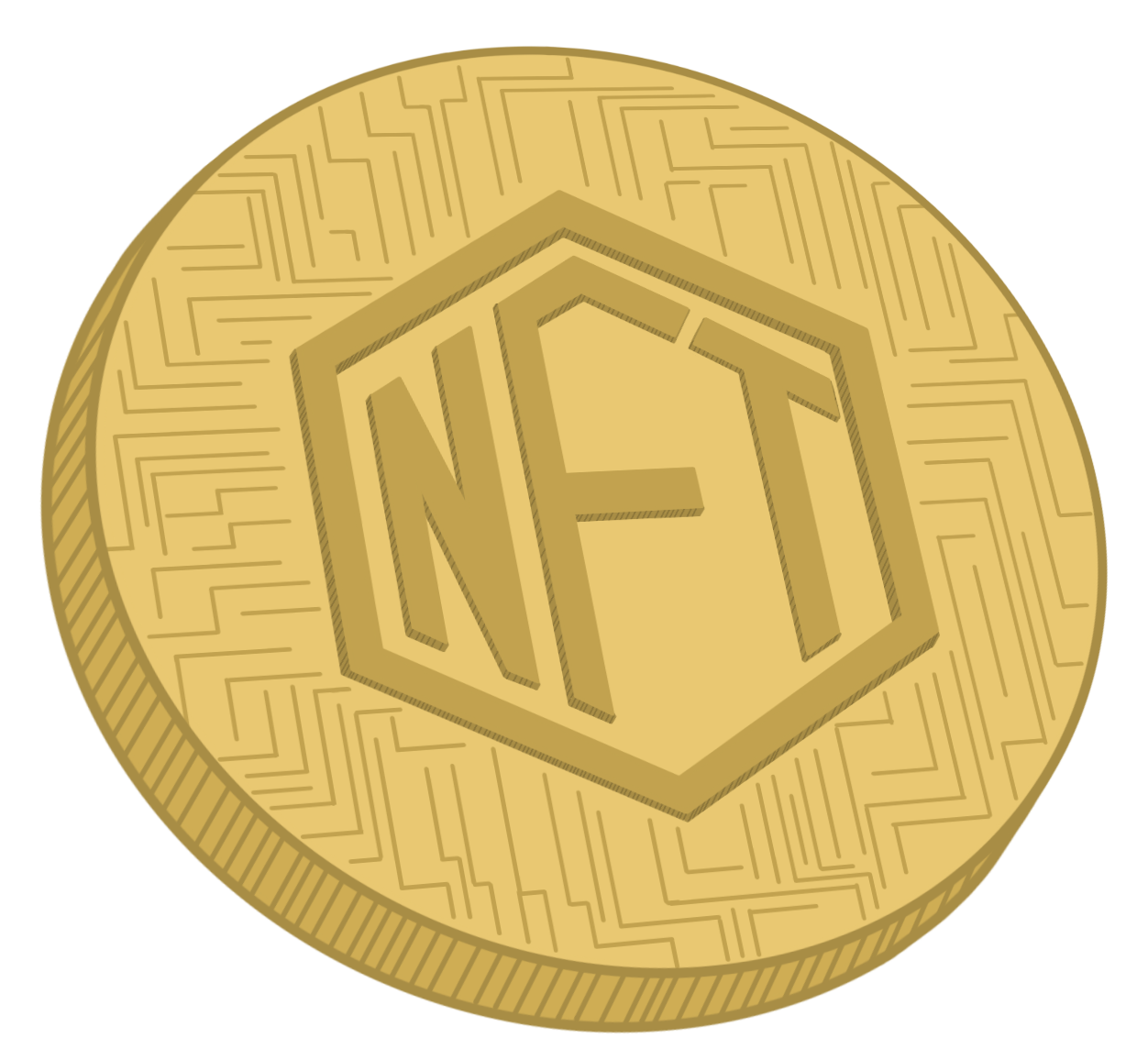Understanding NFTs: The Future of Crypto
Non-fungible Tokens (NFTs) pose a novel way for artists and creatives alike to mass distribute their material, but what exactly is it and how does it work?
On February 8, 2021, Elon Musk announced via Twitter that Tesla would invest $1.5 billion in the cryptocurrency known as Bitcoin. This inspired a lot of questions and interest in the crypto-verse as to how this would affect the market going forward and if other large corporations would soon follow suit. After ten weeks, Tesla accrued $1 billion dollars directly from it’s Bitcoin investment.
Similar to that effect, Non-fungible Tokens (NFTs) create an interesting and novel way for artists and entrepreneurs to make large sums of money. Anything from a house to a single pixel can be, and has been, sold as an NFT and can generate millions in direct revenue.
So what exactly is a NFT and how does one go about minting and selling one?
To understand NFTs, it’s important to know the basics of cryptocurrency. Bitcoin is the leading digital currency with a current equivalence to $55,000 USD. Satoshi Nakamoto came up with the theory of Bitcoin in 2009, and set a supply limit of 21 million bitcoin, meaning only 21 million Bitcoin can ever exist. However, this amount was not, and is still not, fully public to the market. Bitcoins are found by a process called mining, where people solve advanced online algorithms in order to bring more Bitcoin on the market. Since the supply is limited, the market for Bitcoin increases as demand increases.
Ethereum is the second in command cryptocurrency used to power the market and run apps on a decentralized blockchain, similar to a personalized cloud, which documents everything you own and keeps it safe.
Non-fungible tokens are mainly run on Ethereum’s blockchain. NFTs are essentially an access code to purchasing distributed art. Once you acquire an NFT, you gain access to whatever was being sold in a file attached with your personal information and protected within the blockchain.
Unlike Bitcoin and Ethereum, NFTs are purchased at a value set by it's owner. They are not cryptocurrency that are exchangeable within the crypto market, but a means of distribution amongst several different artistic mediums, such as digital artwork. These mediums are purchasable as an NFT, mainly using Ether (ETH) as it’s mode of currency.
Minting and selling NFTs also requires minimal background of crypto itself. According to Coindesk, Ethereum’s blockchain currently leads the NFT minting market. By choosing their blockchain, a user would need at least $50 - $100 in ether (ETH) and a wallet that uses ERC-721 which is the NFT standard. From there, one would use online NFT marketplaces, such as OpenSea, Superfarm, or Rarible to upload their artwork and mint their NFT to distribute amongst the masses.
The highly volatile nature of cryptocurrency's value is likely to drive the value of NFTs, which raises questions about it's longevity. However, the vast majority of vendors who sell items as NFTs are artists who, after a year of drought from direct revenue, are seeking any opportunity possible to increase their assets.
Similar to Tesla’s Bitcoin investment, NFTs have the potential to put large corporations in a confusing situation. The increase in popularity is likely to drive artists and creatives to push their artwork and merchandise out on this cryptic platform. Time will tell if this new technology inspires more artists in the future to release their material independently rather than acquiring funding from large corporations. These industries could be faced with a difficult decision whether or not they want to put their time and energy into supporting this newfound technology. Since this form of distribution interacts with its consumers directly on a peer-to-peer platform, it could be a significant contributor in independently distributing art, if it is mass adopted.











